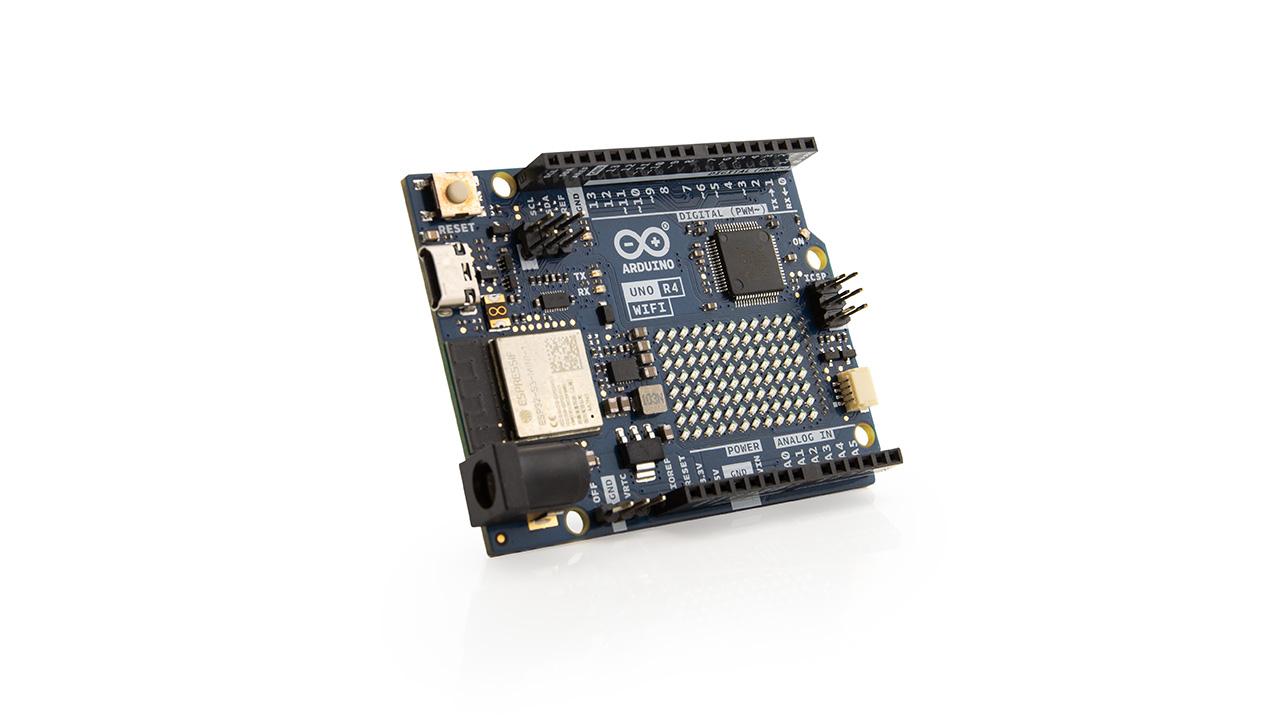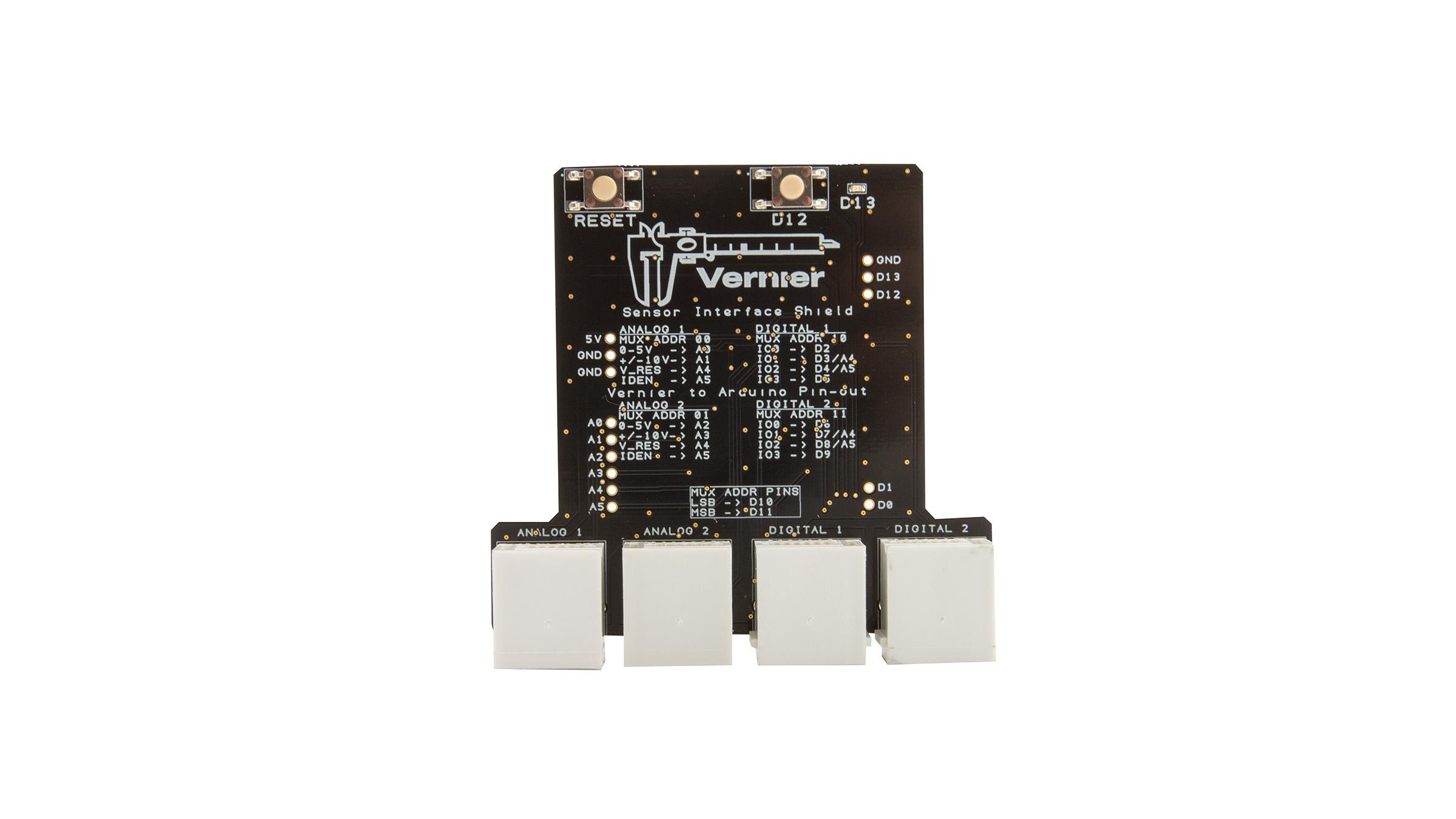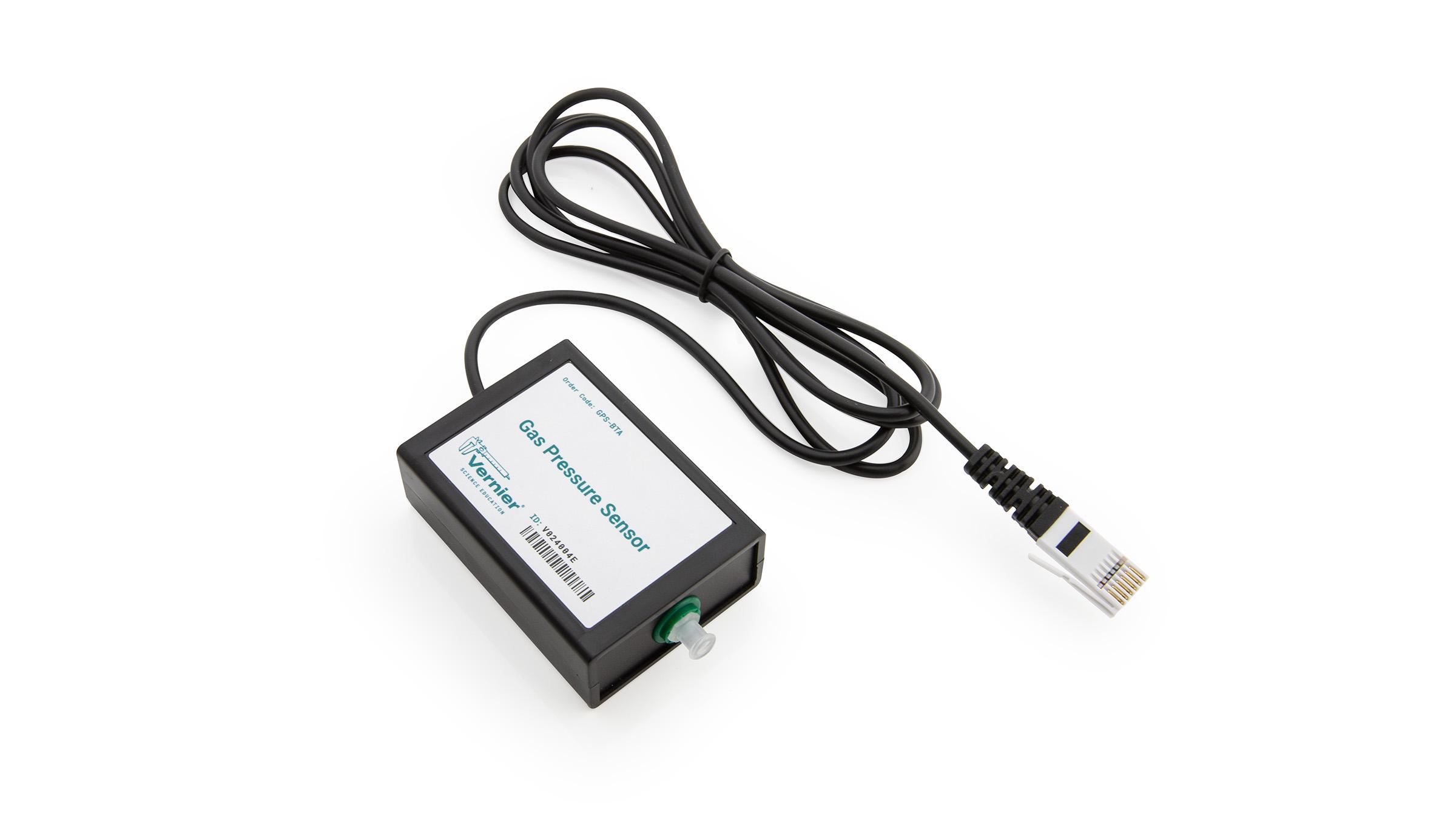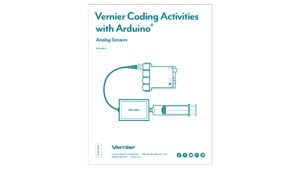Introduction to Arduino® Programming
Experiment #1 from Vernier Coding Activities with Arduino®: Analog Sensors
- Subject
- Engineering
Introduction
Microcontrollers are electronic devices that are programmed to perform a set of instructions. They complete any given task as often as prompted until they are reprogrammed. You can find them everywhere, from lights that automatically turn on when it’s dark to garage door openers that respond to sensor input to open, close, or reverse direction.
Arduino is a versatile microcontroller that can easily be programmed. It was originally designed as a low-cost device to provide easy access for non-technical people to create devices that are interactive. Arduino has an interesting history as an open-source hardware and software company.
Objectives
- Understand the basic elements of an Arduino microcontroller
- Understand the basic elements of a sketch
- Create a simple sketch to control an LED
Sensors and Equipment
This experiment features the following sensors and equipment. Additional equipment may be required.
Ready to Experiment?
Ask an Expert
Get answers to your questions about how to teach this experiment with our support team.
- Call toll-free: 888-837-6437
- Chat with Us
- Email support@vernier.com
Purchase the Lab Book
This experiment is #1 of Vernier Coding Activities with Arduino®: Analog Sensors. The experiment in the book includes student instructions as well as instructor information for set up, helpful hints, and sample graphs and data.




